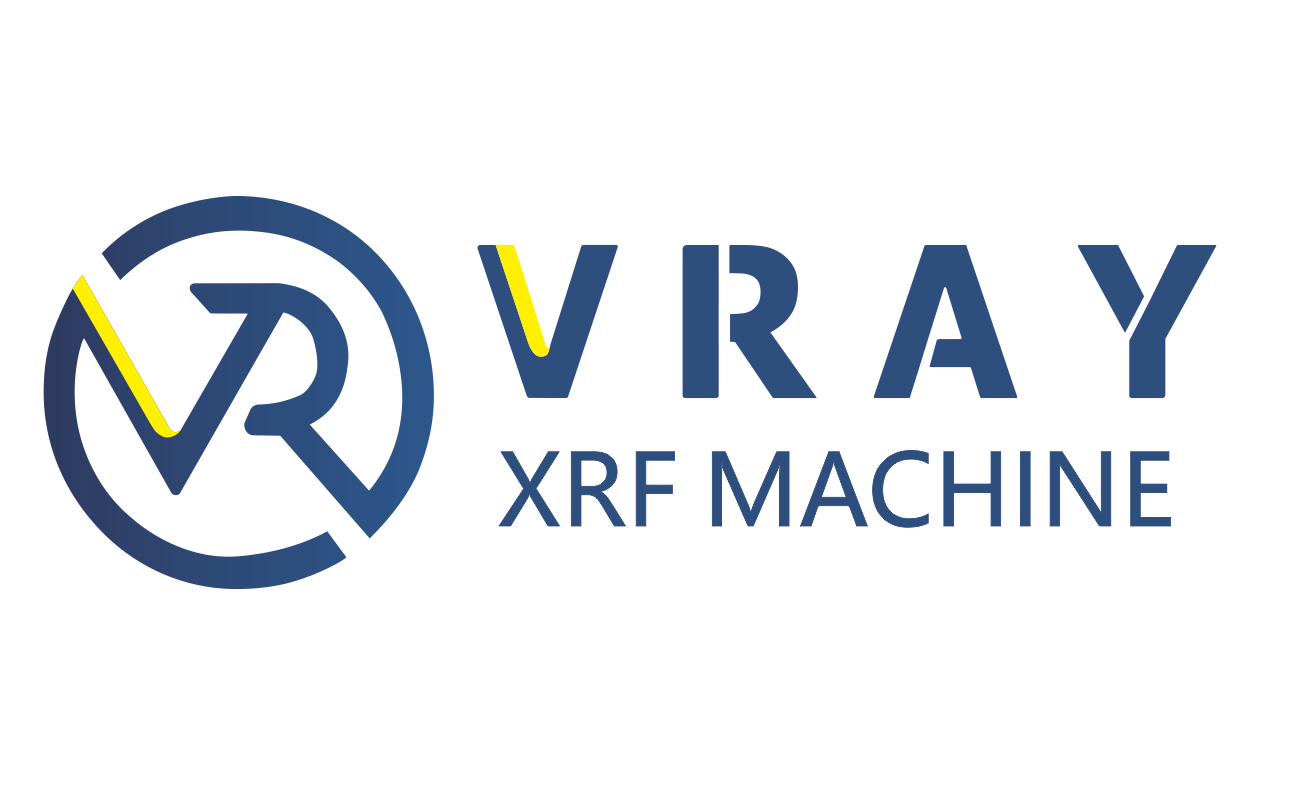Tìm máy phân tích kim loại quý phù hợp: Những cân nhắc cần thiết

When it comes to analyzing precious metals like gold, bạc, platin, or palladium, the right equipment is crucial. Precious metal analyzers provide accurate, nhanh, and non-destructive testing for quality control, verification, and valuation. Choosing the right analyzer can be a challenge due to the many options available in the market today. Here’s a guide to help you make an informed decision.
1. Understand Your Needs
Before selecting a precious metal analyzer, assess your specific needs:
- Type of Metal: Are you primarily testing gold, bạc, or a variety of precious metals?
- Purpose: Are you using it for buying, selling, quality control, or industrial applications?
- Testing Environment: Do you need a portable device for on-site analysis or a benchtop analyzer for a laboratory setting?
For example, if you’re a jeweler or a gold buyer, a handheld analyzer like the VR-H5 và VR-M5 would suit your need for mobility and fast testing. Tuy nhiên, if you’re conducting extensive lab tests, a benchtop model like the VR-T5, VR-T6 or VR-T7 might be more appropriate.
2. Consider the Testing Speed
Testing speed is critical in environments where rapid analysis is necessary, such as in jewelry stores, Cửa hàng cầm đồ, or recycling centers. Some analyzers offer results in seconds, while others may take longer, depending on the type of detector and technology used.
Chẳng hạn, các VR-T6 boasts high-speed analysis while maintaining accuracy up to 0.03%, which can be highly beneficial for businesses that handle a high volume of precious metals.
3. Accuracy and Sensitivity
Accuracy is one of the most important factors in selecting a precious metal analyzer. Some devices are accurate to within a few percent, while others, like the VR-T6, can achieve an accuracy of 0.03%. The ability to detect trace elements is also vital in many cases. An analyzer should be able to distinguish between different karat levels in gold or identify alloy compositions in other metals.
If you are testing metals with very low concentrations of precious elements, choosing a model with high sensitivity, like the VR-X5, có thể kiểm tra lên đến 20 Yếu tố, would ensure precise analysis.
4. Type of Detector
Different precious metal analyzers use varying detection technologies:
- Máy dò trôi silicon (SDD): These detectors are high-performance, ideal for detecting lower concentrations of precious metals and alloys. They are fast and deliver high-resolution results.
- Máy dò Si-PIN: Mã PIN Si (Silicon PIN) detectors offer a balance between cost-effectiveness and performance. They are commonly used in mid-range analyzers and provide decent resolution and accuracy for precious metal testing. Si-PIN detectors work well for basic analysis but may not be as fast or as sensitive as SDD detectors.
- Gas Proportional Counter (GPC): GPC detectors, such as the one used in the VR-X3, are less expensive and suitable for basic analysis, but may not offer the same level of precision as SDD detectors.
Choosing between these technologies will depend on your budget and the level of precision you need.
5. Portability vs. Benchtop
- Handheld Analyzers: If mobility and convenience are important, handheld XRF analyzers, such as the VR-H5, are ideal. They are lightweight, portable, and offer quick spot tests. They are perfect for fieldwork, Hiệu cầm đồ, or quick verifications during transactions.
- Benchtop Analyzers: If you’re working in a laboratory or need more detailed analysis, benchtop models like the VR-T5 or VR-N3 are more suitable. These units offer higher performance, often come with larger screens, and are capable of more in-depth analysis.
6. Ease of Use
You’ll also want to consider how user-friendly the analyzer is. Does it come with a built-in screen for easy operation, like the VR-N3? Can it be operated by someone without technical expertise, or does it require special training? The ease of use will affect how quickly and efficiently you can conduct tests.
Many analyzers, including the VR-T6 và VR-T7, come with intuitive interfaces and require minimal user input, making them ideal for businesses that need to train new employees quickly.
7. Durability and Maintenance
An analyzer is an investment, so durability matters. Handheld devices often come with rugged designs to withstand harsh environments. Meanwhile, benchtop analyzers should be built to endure long hours of use in a lab.
Maintenance is another consideration. Ensure the analyzer you choose is easy to maintain, and check if the manufacturer provides customer support, warranties, and after-sales service.
8. Budget
Budget plays an essential role in determining which analyzer you choose. Handheld devices are generally more affordable than benchtop models, but the trade-off is in accuracy and range of detectable elements.
For businesses that need premium performance, the investment in models like the VR-X5 or XF-P3 may be justified due to their enhanced accuracy, element detection capabilities, and reliability.
Kết thúc
Choosing the right precious metal analyzer depends on various factors like your testing needs, environment, tốc độ, Chính xác, and budget. Whether you need a portable device like the VR-H5 for quick field tests or a high-precision benchtop model like the VR-T6 for laboratory-grade analysis, understanding these key aspects will help you make an informed decision.
If you’re unsure which model is best for your business, it’s always helpful to consult with experts or request a demonstration to see how well the analyzer meets your specific requirements. With the right analyzer in hand, you can ensure accurate, hiệu quả, and reliable results every time.
 VRAY Cụ Limited
VRAY Cụ Limited

